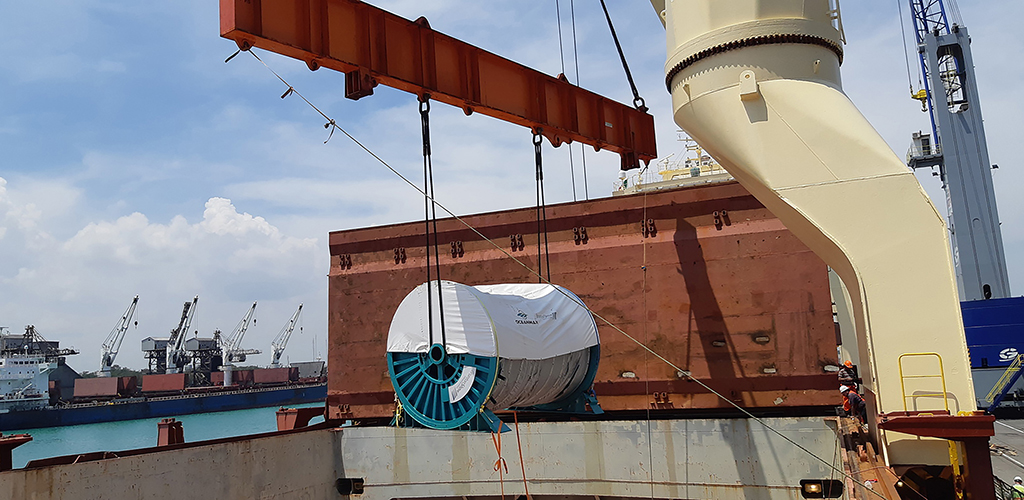Jun 16 | 2021
Sector has Made Laudable Environmental Targets

This Thought Leader is preview content from Breakbulk Issue 4 / 2021, to be distributed Friday, July 2
By Juan Vilches
More than a decade ago Lloyd’s List published its Future of Shipping supplement, where it highlighted a future shipping sector adapted to low carbon and with an emphasis on smarter logistics and the implementation of big data across the supply chain. Twelve years on, this article sets out to take stock on where the “greening” of the shipping industry is and whether we have reason to be optimistic, particularly in the context of breakbulk cargo and multipurpose or heavy-lift vessels.
To do this, I will focus on two distinct driving forces behind the greening of the shipping industry and how these have impacted an MPV business which has historically had to adapt to a constantly changing environment. Firstly, this article will analyze the efficiency of the regulatory measures that have been implemented since 2009 by the International Maritime Organization’s Marine Environmental Protection Committee on fuel consumption, sulfur emissions and ballast water management regulations. Secondly, it will consider the direction of technological innovation and the strides that have been made in creating more energy efficient vessels.
The shipping industry can justifiably claim to be the most efficient means to move cargo in the market economy. Following the decisions taken at Paris COP21 in 2015 new ships now carry no ballast water to meet the demands set out by the Ballast Water Management Convention. Furthermore, while the greenhouse gas emission reduction scheme did not include shipping, the UK and European Union, among others, are now including shipping within the scope of their nationally determined contributions established in COP21. However, there does remain work to be done in setting out a clear road map for the implementation of the sulfur standards which will come into effect in 2023.
Ultimately, regulation has been effective in pointing the shipping industry in the right direction and heavy-lift vessels have adapted faster than most with regard to the 2020 IMO global sulfur limit of 0.5 percent in marine fuels. However, the chief concern for shipping firms remains the bottom line: if there is a profitable path towards “greening” – where companies stand to benefit by being early adopters of green technology – shipping companies have shown that they are willing to make the variations.
Technology Progress
In a similar way, technological innovation when coupled with effective regulation in the maritime sector is showing definite green shoots. Eco-friendly vessels offer a unique competitive advantage in terms of environmental regulations, fines and incentives. This has led the breakbulk and project heavy-lift cargo industry to take the lead in the production of eco-friendly vessels that reduce fuel consumption and thereby maximize fuel efficiency.
These innovations are weighty in a sector where fuel consumption accounts for 25 percent to 50 percent of costs. Added to this, volatile fuel prices trigger the need for hull optimization – for example, hull air lubrication, among others. The first steps have been made to take green technologies from novel to the norm by proving their viability in recent years.
It is heartening how the MPV and heavy-lift industry is steaming ahead with the green agenda with stakeholders, through market-led incentives, implementing serious strategies to mitigate the adverse effects of shipping to the environment. The combination of effective regulation with technological innovation can provide the necessary incentives across the industry to understand and implement “going green” as an effective strategy that can marry the bottom line with corporate social responsibility goals.
Juan Vilches is an operations analyst at Tuscor Lloyds.




